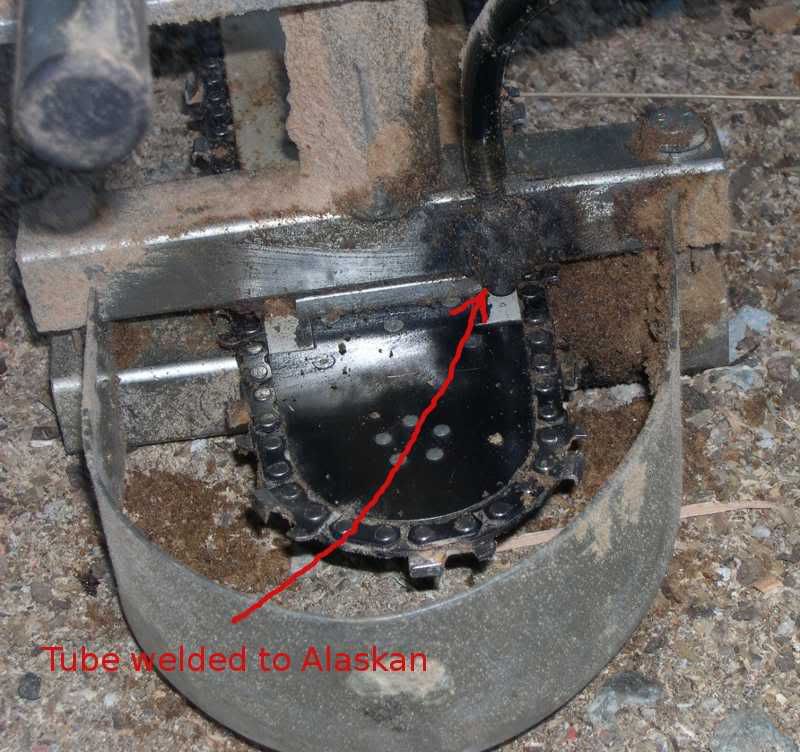How can you tell when you need an Auxiliary oiler when milling? Or if you have one how can you tell when you need to turn it on?
and does it matter which side the hole is on in the bar to supply the extra oil?
Wondering what signs to look for.
Thanks
Aaron
and does it matter which side the hole is on in the bar to supply the extra oil?
Wondering what signs to look for.
Thanks
Aaron


























































